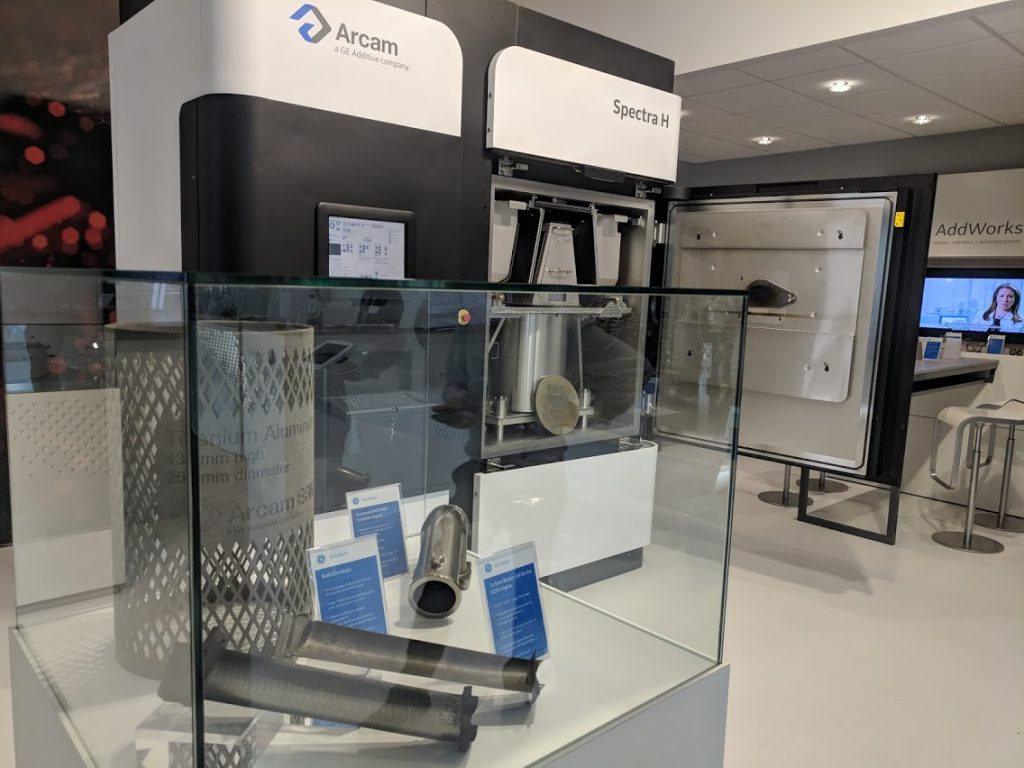Rolls-Royce has announced that 3D printing is leading the way for the next generation of aircraft engines.
The Advance3 engine will form the core of the company’s UltraFan engine design, scheduled for launch in 2025.
The Advance3 engine uses 3D printing, or Additive Layer Manufacturing (ALM), to make some of the 20,000 components. Also included in the engine are ceramic matrix composites (CMCs).
Rolls-Royce says that over 100 hours of testing have been completed and “Initial results are showing excellent performance”.
An earlier Rolls-Royce engine, the Trent XWB-97, featured the largest additive manufactured component flown. The 1.5 meter diameter titanium structure was 3D printed on a metal AM system from Arcam. Now Arcam is owned by Rolls-Royce competitor, GE, it remains to be seen what AM system Rolls-Royce will use for the Advance3.

Advanced materials and additive manufacturing for aerospace
The use of advanced materials and manufacturing is key to the early success of the project. “ALM allows engineers to create new designs for parts, and for those parts to be made and redesigned more quickly. CMCs last longer in high temperatures and are lighter than metal alternatives,” explained Rolls-Royce.
Ash Owen, Rolls-Royce, Chief Engineer, Civil Aerospace Demonstrator Programmes, said: “Testing so far has been completely seamless, which is an outstanding achievement when you realise that this is an engine incorporating a range of new technologies as well as a brand new core architecture. We have completed our first phase of testing and analysing the results right now. We like what we see from the CMC and ALM parts performance. ”
Testing of the Advance3 began in November 2017 , with full power levels reached in July.
The aerospace industry has already started to use CMCs due to their ability to operate in extreme temperature environments, such as the hot section of the engine. As temperatures increase in the engine fuel use becomes more efficient, and therefore operating costs lower for airlines.
Through use of CMCs and 3D printing, the Advance3 core, “will offer a 25 per cent improvement in fuel efficiency compared with a first generation Trent engine.” Increased fuel efficiency will also result in lower emissions.
The project is funded by Aerospace Technology Institute (ATI) in association with Innovate UK and Clean Sky 2.
Have you signed up to our 3D Printing Industry newsletter yet? If not, subscribe today!
Also, get the latest news on our Facebook and Twitter social media channels.
Looking for your next additive manufacturing career move or searching for new talent to join your team? Visit our 3D Printing Jobs site now.



